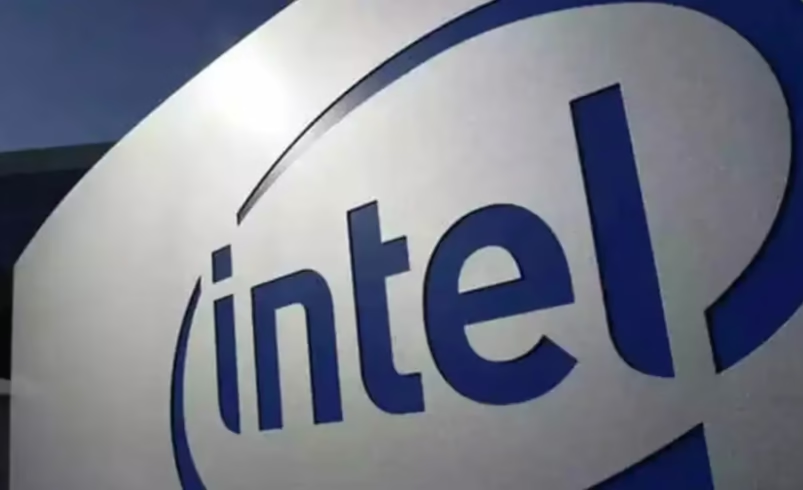Intel Initiates Layoffs, Impacting Key Teams and Offering Severance Packages
- June 26, 2025
- 0

Intel Corporation has commenced a series of layoffs as part of a strategic restructuring effort aimed at reducing operational costs. The initial phase of this workforce reduction involves 107 employees at the company’s Santa Clara headquarters. This move is part of a broader plan spearheaded by CEO Lip-Bu Tan, who is focused on streamlining the organization to enhance efficiency and competitiveness in the semiconductor industry. The restructuring could potentially affect 15-20% of Intel’s chip manufacturing division, a significant segment of the company known for its pivotal role in producing cutting-edge technology components.
The decision to implement layoffs comes amid increasing pressure on Intel to maintain its market position against formidable competitors in the tech sector. By optimizing its workforce and reallocating resources, Intel aims to bolster its innovation capabilities and adapt to the rapidly evolving demands of the global technology market. Employees affected by these layoffs are being offered severance packages, which are intended to provide financial support during their transition period.
This restructuring initiative reflects a growing trend among major tech companies to reassess their operational strategies in response to economic challenges and shifting industry dynamics. As Intel navigates this transition, the company remains committed to investing in research and development, ensuring that it continues to deliver high-performance products that meet the needs of its diverse customer base.
The impact of these layoffs extends beyond immediate cost savings, as they are expected to influence Intel’s long-term strategic direction. By focusing on core competencies and streamlining operations, Intel aims to position itself for sustained growth and success in an increasingly competitive landscape. The company’s leadership is confident that these changes will ultimately strengthen Intel’s market presence and drive future innovation.